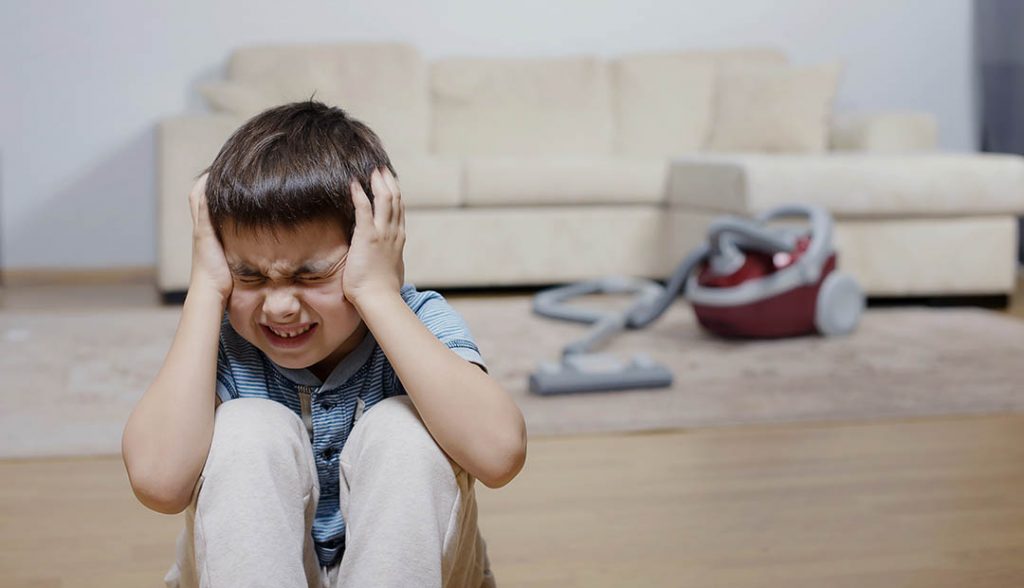

When treating or modifying any behavior, the function must first be assessed. In other words, it is imperative to understand why a behavior is occurring. The most common functions are attention, escape/avoidance or gain access to items. However, there is also a function known as automatic reinforcement. To determine if a behavior is maintained by automatic reinforcement, simply assess if the behavior occurs while no one is around. If so, then you have your answer. In the absence of social mediation, one can assume a target behavior is maintained by automatic reinforcement. This is typically the case for self-injurious behavior, hand-flapping, toe-walking, body rocking, PICA, etc.
So, how does one address such behaviors? Well, behaviors maintained by automatic reinforcement are usually the hardest to modify. This is because the reinforcement received is instant. You want to start with finding a competing reinforcer. Is there anything that is desired or enjoyed more than the problem behavior? You can give the individual access to the reinforcer on a timed schedule regardless if the behavior occurs or not. This is known as non- contingent reinforcement. Sensory-related items can also be used as a replacement behavior. For instance, a replacement for PICA behavior could be the use of a chewy or chewing gum. In addition, contingent upon problem behavior, block and provide replacement. Sometimes reinforcement alone does not suffice. A punishment procedure known as “response cost” may be warranted. Think of it like a fine. If problem behavior occurs, the child loses access to a reinforcer for a short period of time. If there is a high-risk behavior you would like to modify, contact your local Board-Certified Behavior Analyst.